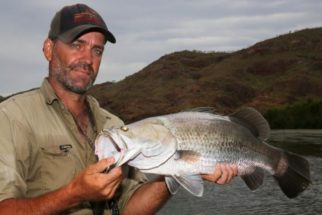Barramundi mania took hold in Kununurra this past weekend with 1,125 anglers entering the East Kimberley town’s 25th annual Apex Barra Bash making it the biggest fishing tournament in WA history.
It is the first weekend fishing event in WA to crack the 1,000-entrant mark, with Marmion Marine Angling Club’s Bluewater Classic being the closest reaching just over 990 in previous years.
The Barra Bash, taking place from Friday morning to Sunday afternoon, saw 379 barramundi entered using the Track My Fish app allowing competitors to upload their snaps of captured fish on a “brag mat” and release it to fight another day.
The biggest fish was a whopping 1.2 metre “donkey” barra caught by Karl Manning with four “metreys” and more than 10 barra over 90cm caught over the course of the weekend.
Competitors could fish anywhere, but many fish were caught close to town – 1.4 million fish have been stocked into Lake Kununurra over the last decade through a stocking program run in partnership between Kununurra Barramundi Stocking Group, North Regional TAFE, Recfishwest and the State Government.
These fish appear to be well spread throughout the Ord River system, making great barra fishing accessible both on the lake and in the lower river both on boats and from the banks.
Recfishwest CEO Dr Andrew Rowland said, “Huge credit must go to the Apex team for running WA’s biggest annual fishing competition. The fishing in the Ord River system is as good as it has ever been as this weekend’s comp has demonstrated.
“The annual Barra Bash reflects how important this fishery and fishing is for regional communities like Kununurra.”
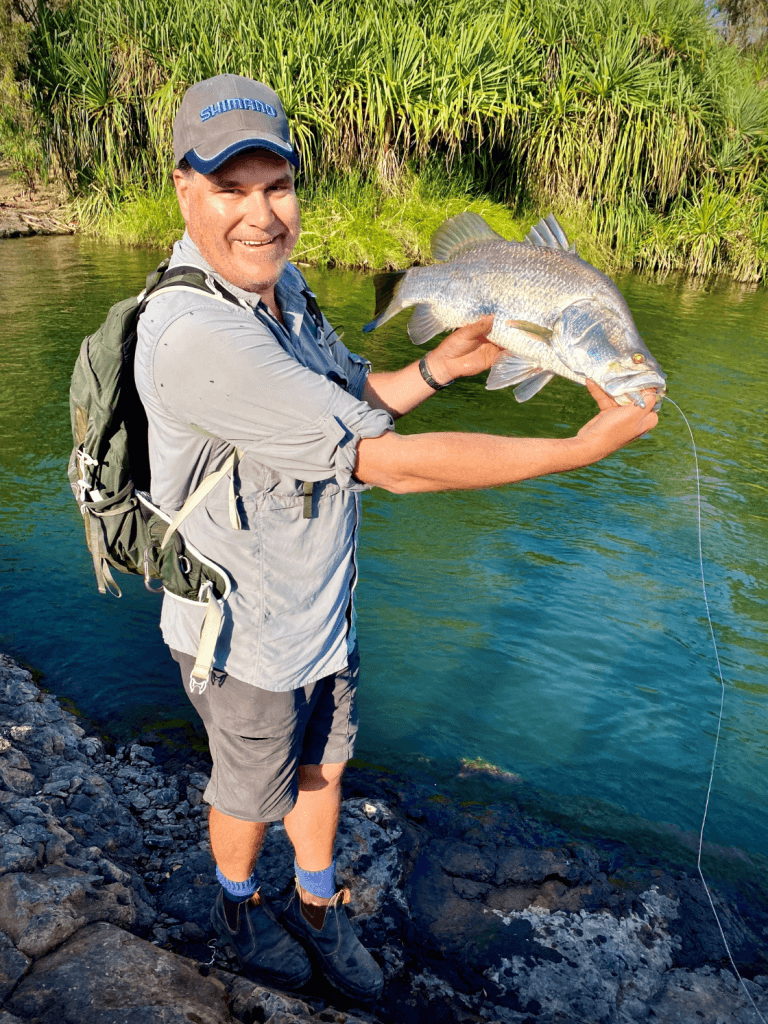
Apex Kununurra President Aaron Macnamara said the attendance for this year’s competition had surpassed all expectations, with many participants travelling from all over WA and even interstate to take part in the event.
“We were rushed off our feet registering people for the comp all morning on Friday,” he said. “It was way beyond what we could have hoped for and we had run out of brag mats by Friday afternoon! We all put our hearts and soul into running it and it is a pretty cool that a small country town in the Kimberley can lay claim to running the biggest ever fishing comp in WA!”
“It’s a great celebration of fishing for our community and we are really grateful to all the local organisations and businesses, Recfishwest and Horizon Power for helping make it such a great event.”
Kununurra’s Rick Bolten had travelled back from Queensland where he is studying veterinary science to fish in the competition and was awarded with a 1.03m barra of a lifetime, caught from a spot on the Lower Ord.
“The fight was insane – the fish ran up and downstream and finally we got it to the side and my mate Fraser got the lip grips on it and got her in. We got a few quick snaps and released her to fight another day,” said Rick.
“Stocking the lake has changed the game – the lake was a pretty good fishery anyway with the catfish and sooty grunter, but getting those barra in has been the missing piece of the puzzle. The fishing has been next level in recent years and a lot of those fish when they’re bigger get pushed down into the Lower Ord – so the whole system has benefitted. Having this quality of fishing in and around town is pretty special.”
The event raised close to $30,000 for local community projects and drew in more than $70,000 in prize sponsorship including a Sea Jay 468 Avenger aluminum boat star door prize valued at $40,000 with a 60hp Suzuki engine donated by Ord Mechanical Services.
Check out some of the great snaps from the 2023 Apex Kununurra Barra bash below!
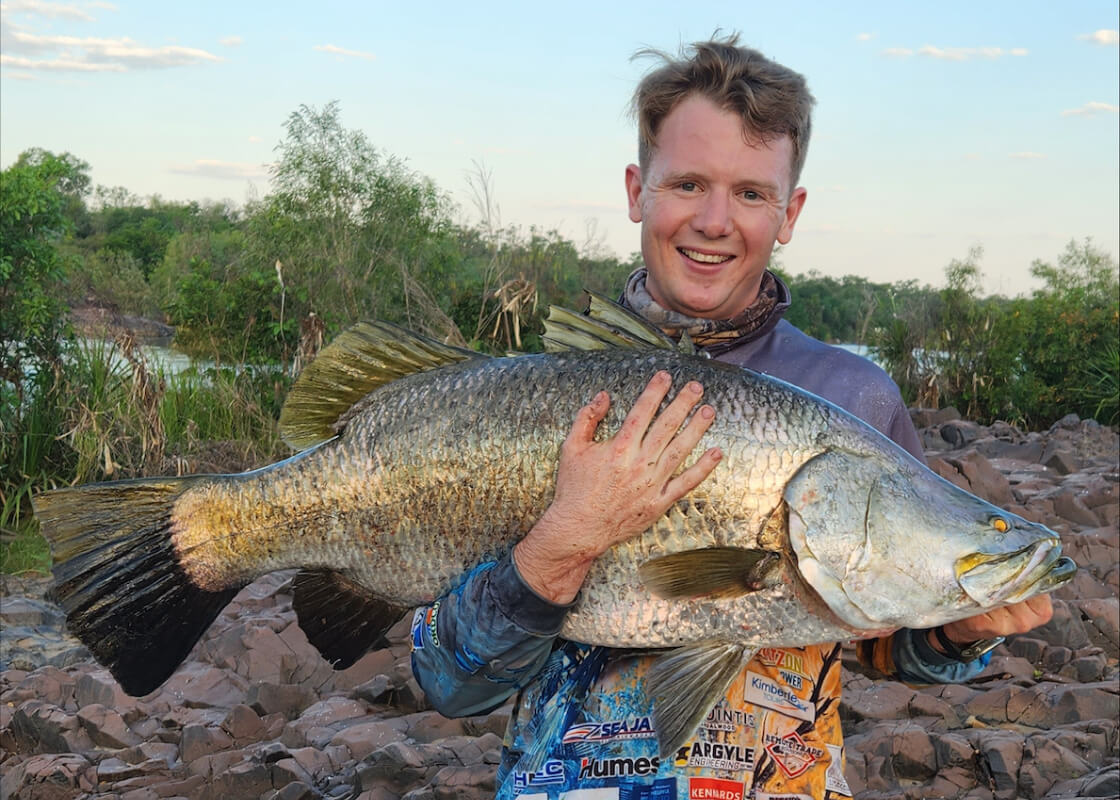
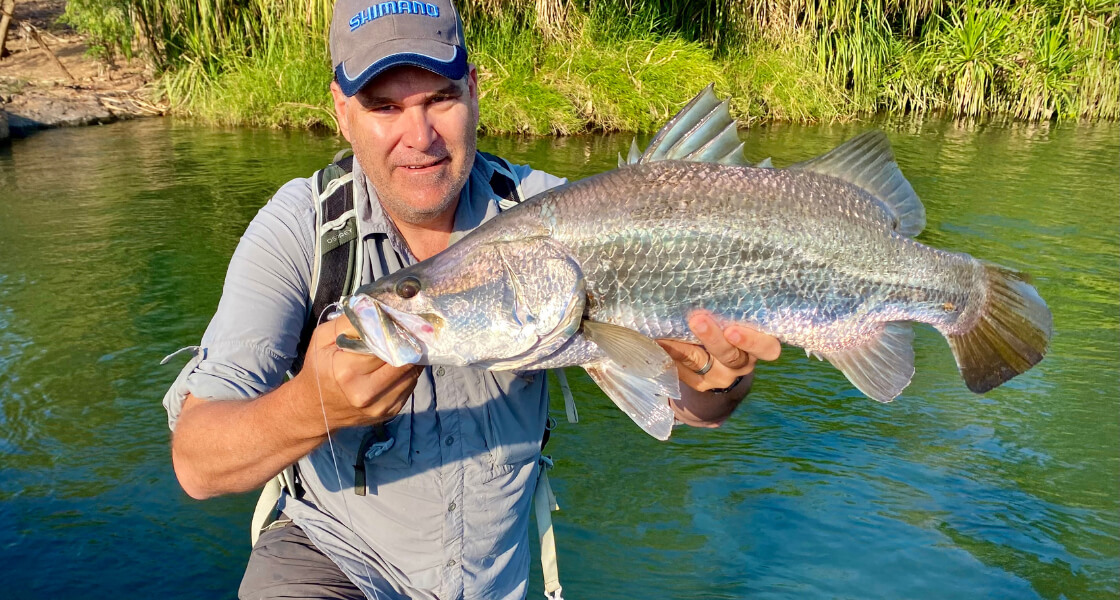
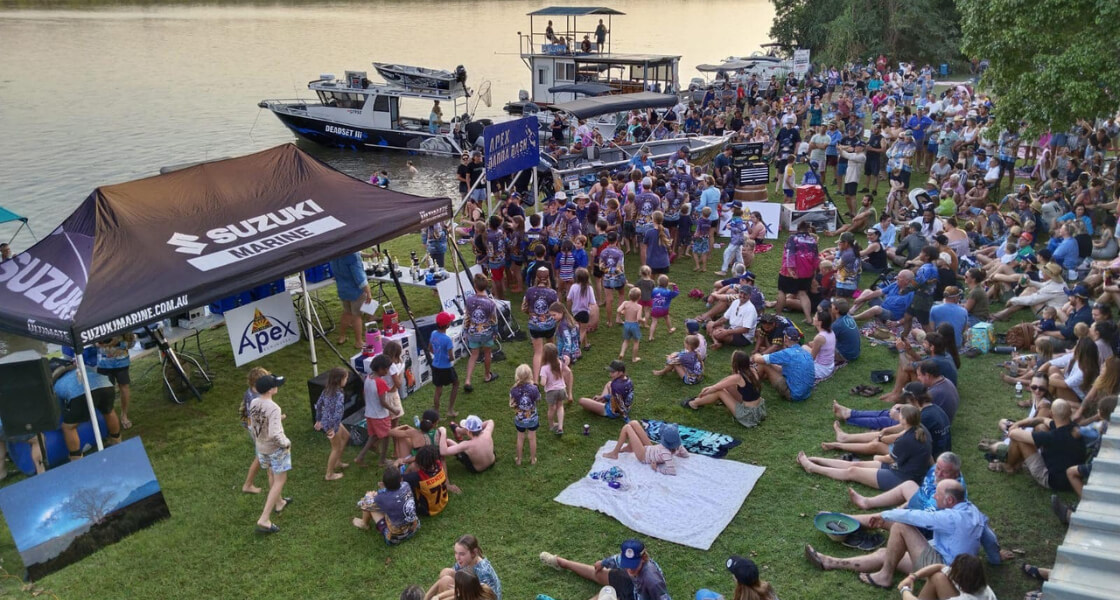
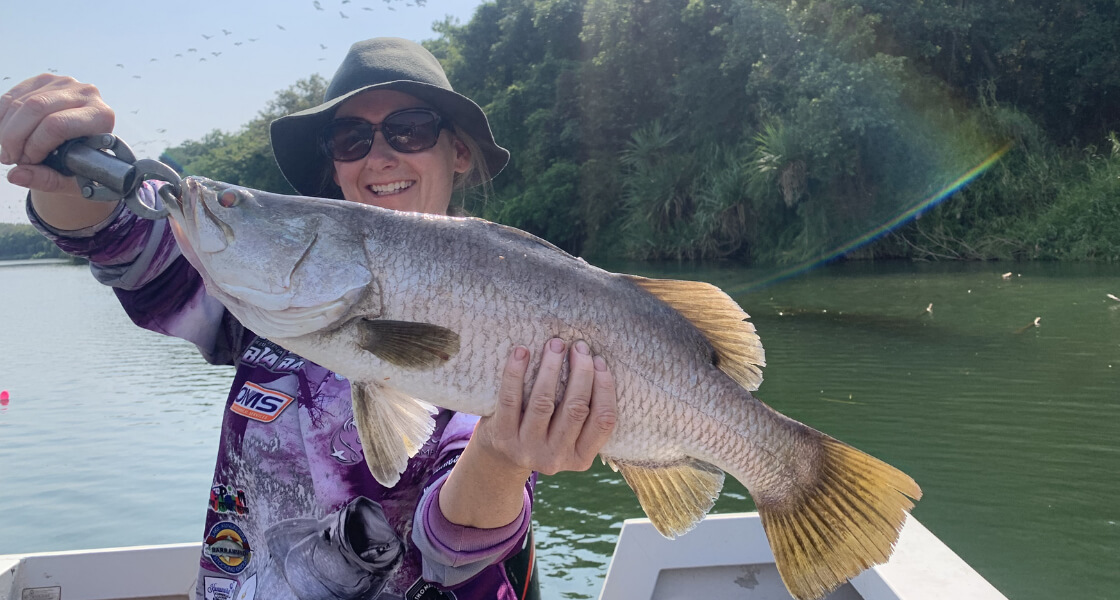
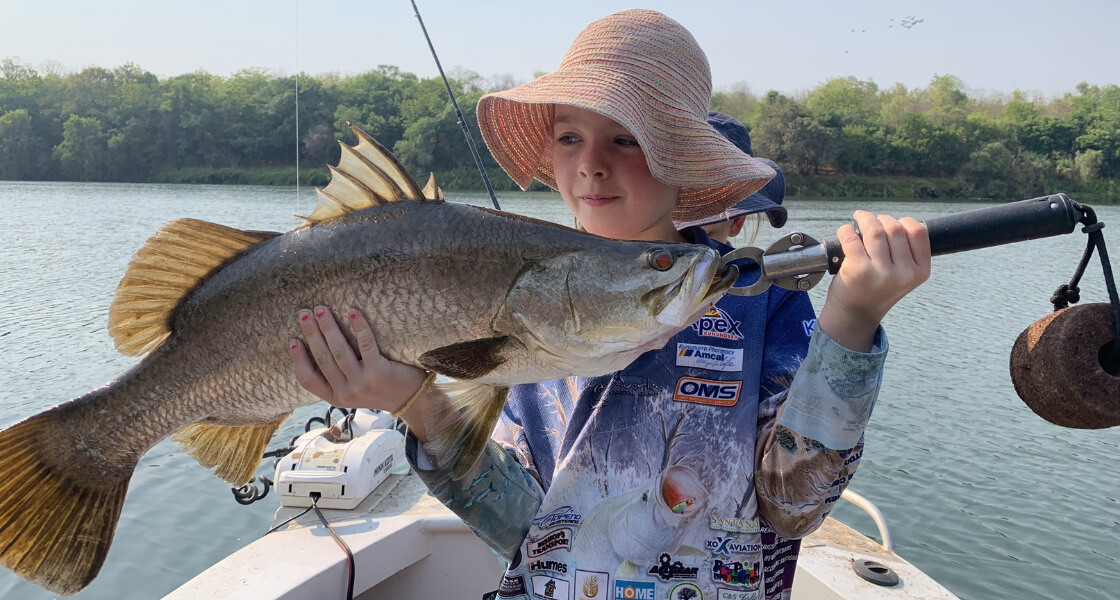
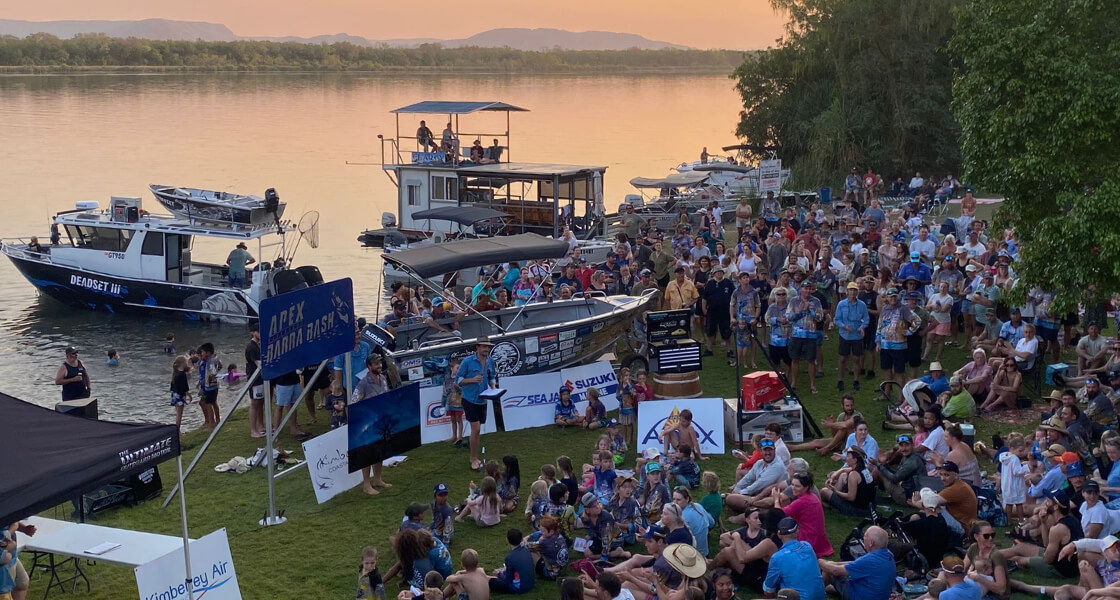
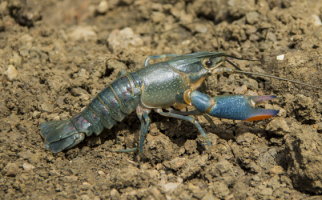
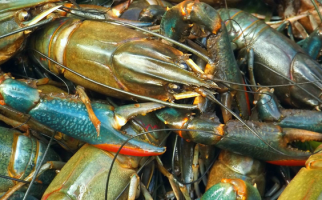
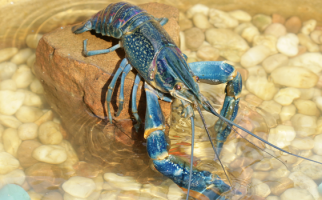
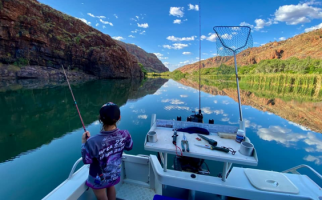
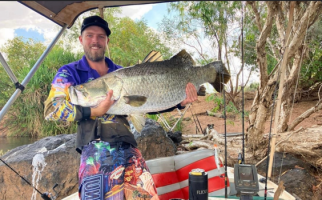
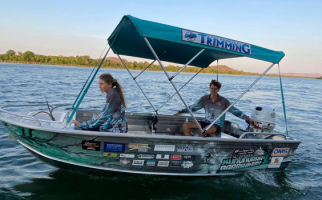

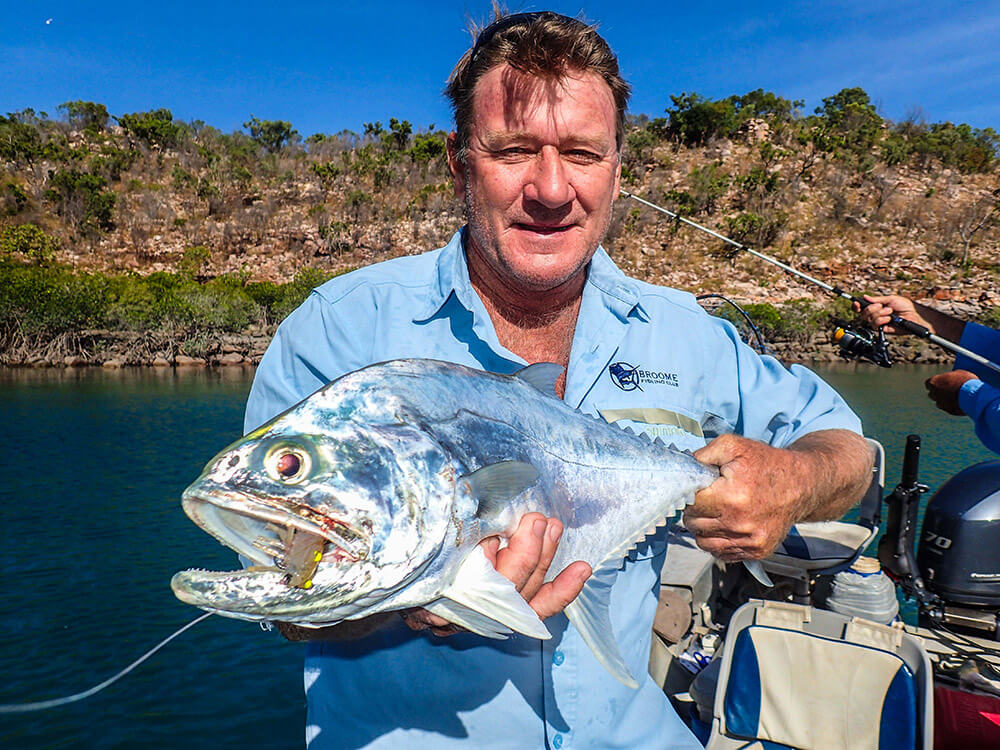
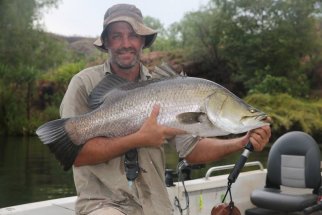
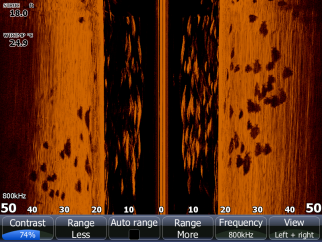
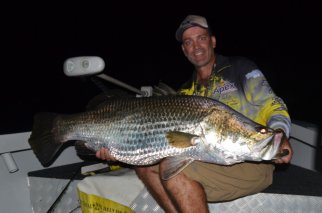
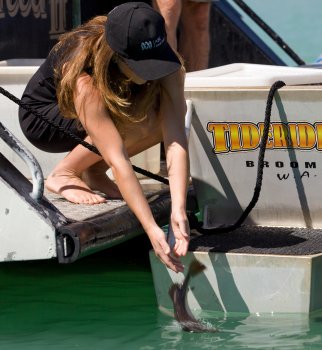
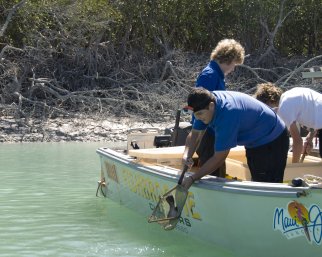
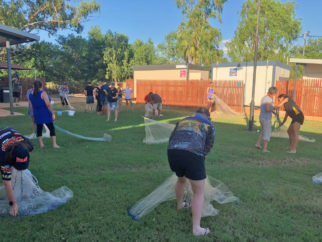
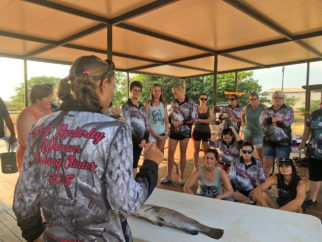
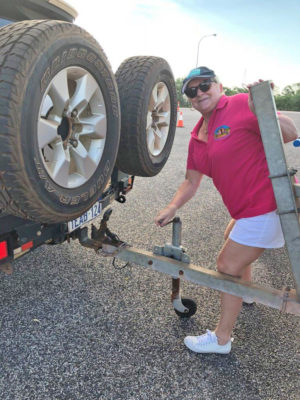
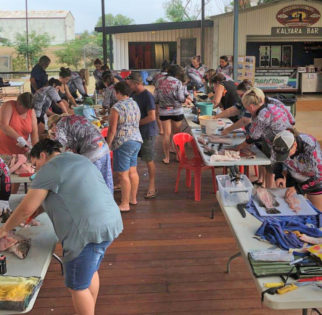 donated fish for the filleting/processing catch sessions.
donated fish for the filleting/processing catch sessions.